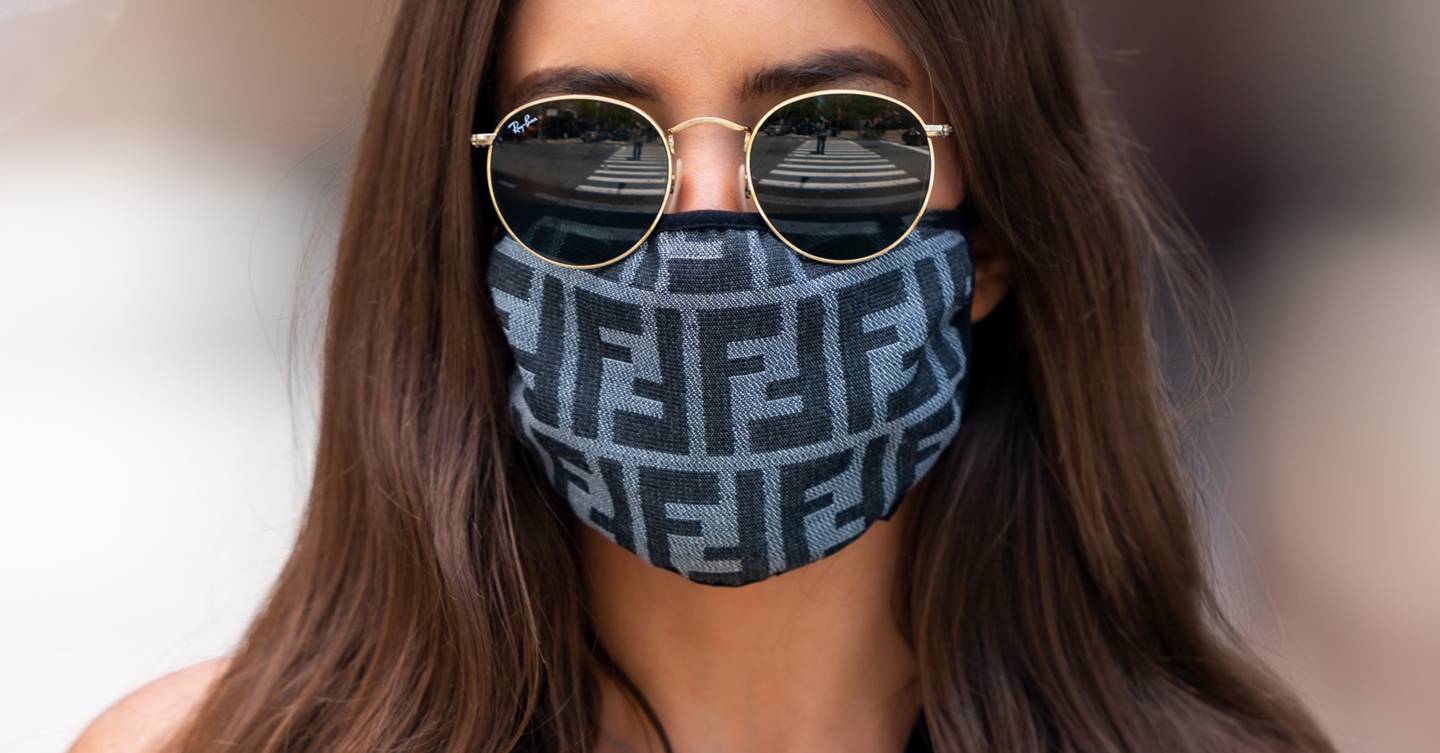It’s now abundantly clear that face masks are an important and effective tool in preventing the spread of COVID-19. But in a new study, researchers created a way to test the effectiveness of different types of face masks – and found that not all are equally effective at actually catching the respiratory droplets that may contain the virus.
For the study, published last week in Science Advances, the researchers created a simple, cost-effective method for testing different types of face masks. The testing method requires someone wearing a face mask to speak into a box with a laser inside. The beam of the laser is perpendicular to the direction of particles coming from the person’s mouth so that the particles scatter the light of the laser. You can use a standard cell phone camera to record the results, the researchers say.
The researchers tested their setup by using it to examine the effectiveness of 14 different types of face masks such as basic surgical masks, fitted N95 masks, cotton masks, knitted masks, and bandanas. During the test, the speaker repeated the phrase “Stay healthy, people” five times without shouting. The process was repeated 10 times for each mask. For the masks that allowed more particles to escape, the researchers conducted extra testing with puffed air from a bulb to make sure the particles were not just dust from the mask but actual droplets let out by the speaker.
Perhaps unsurprisingly, the fitted N95 masks did the best at the test, meaning they let the fewest droplets through. The second most effective masks were basic three-layer surgical masks, which may seem flimsy but are designed precisely to reduce the transmission of droplets like these. Next up were masks that those of us who aren’t in the medical profession are more likely to wear, including masks made from a combination of cotton and polypropylene (a material derived from plastic), two-layer polypropylene masks, and two-layer pleated cotton masks.
However, as the masks become less effective, the data also become muddier. The bottom-performing masks were knitted fabric masks, bandanas, and fleece (defined as “gaiter type running fleece”), which all seemed to be about as ineffective as wearing no mask at all. But when looking at the actual results, there was a lot more variability in the effectiveness of these masks, so it’s hard to tell if one is genuinely the worst or if they’re all just equally bad in this specific test.
There were some other issues with the study as well, which the researchers noted. For instance, the testing apparatus only measured the droplets coming from a small portion of space directly in front of the speaker’s mouth. It didn’t measure the amount of droplets released from the sides of the mask. The study also only used a few different speakers at a set volume to test the masks, so you might see different results from different people or from people who are yelling, singing, or coughing. So these findings should not be thought of as a definitive ranking of what is and is not okay to wear.
That said, in general, these results do line up with what we already know about the best face masks. We know, for instance, that N95 masks are the absolute best at preventing the spread of respiratory droplets. We also know that, in the absence of N95s, surgical masks are a great option but are also not reusable. And when it comes to reusable cloth masks, we know that a tight fit, multiple layers of material (including cotton), and wearing the mask in the correct position can all go a long way in making a mask more effective.
What about the worst masks? Well, the Centers for Disease Control and Prevention recommend that pretty much everyone wear some type of face covering when in public, especially in situations where social distancing isn’t possible. But this and other recent research suggest that bandanas and scarves are not that great at preventing the spread of respiratory droplets. If something like that or a running gaiter is your primary mask, it’s still better to wear that than nothing. But it may be worth looking into other types of masks to rely on instead. And when you’re on the hunt for a new reusable mask, take the time to check out the product details to get a better idea of how many layers of material there are and the types of material it contains.
Experts are still learning about the best ways to protect ourselves and others from the novel coronavirus and COVID-19, so the recommendations about specific types of masks may change. But we know for sure that masks are important, which means it’s worth investing in something that’s both comfortable and effective.
Shop our guide to the best face masks to protect yourself.
